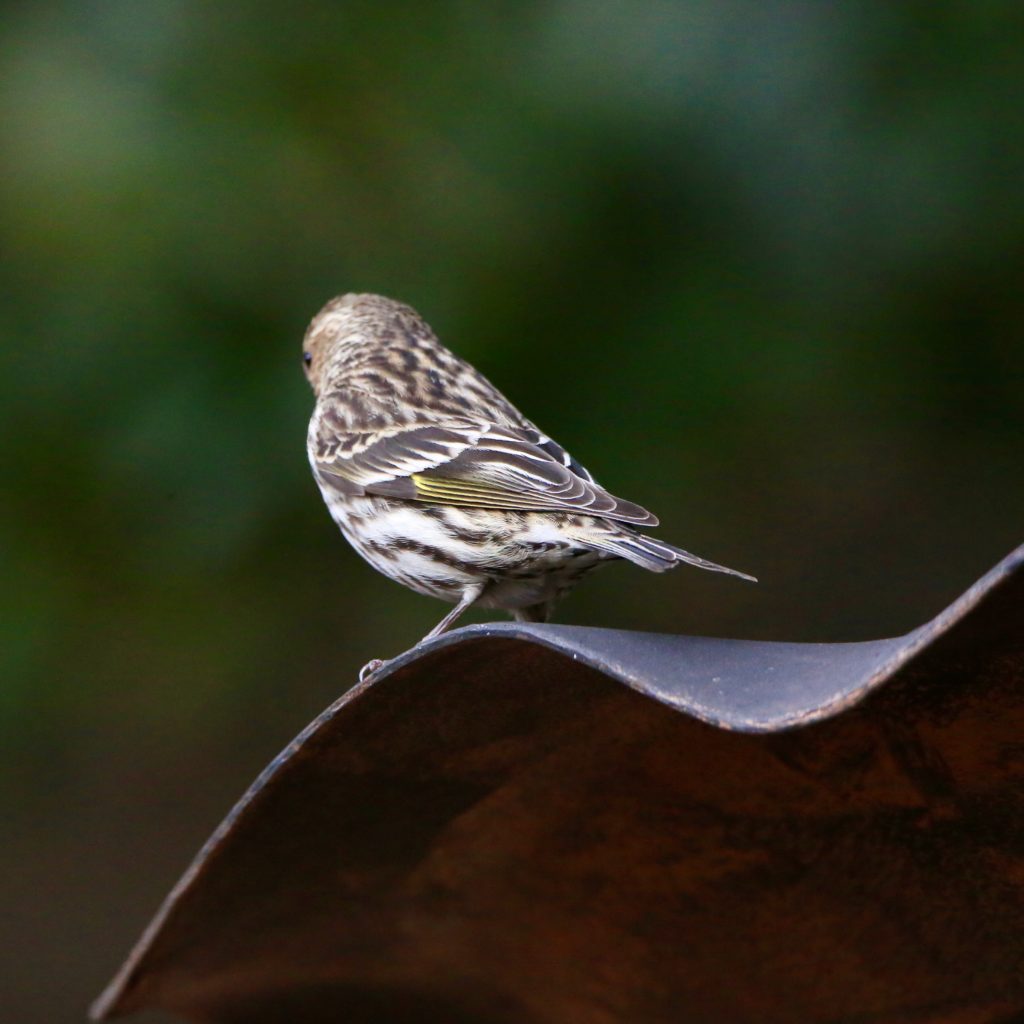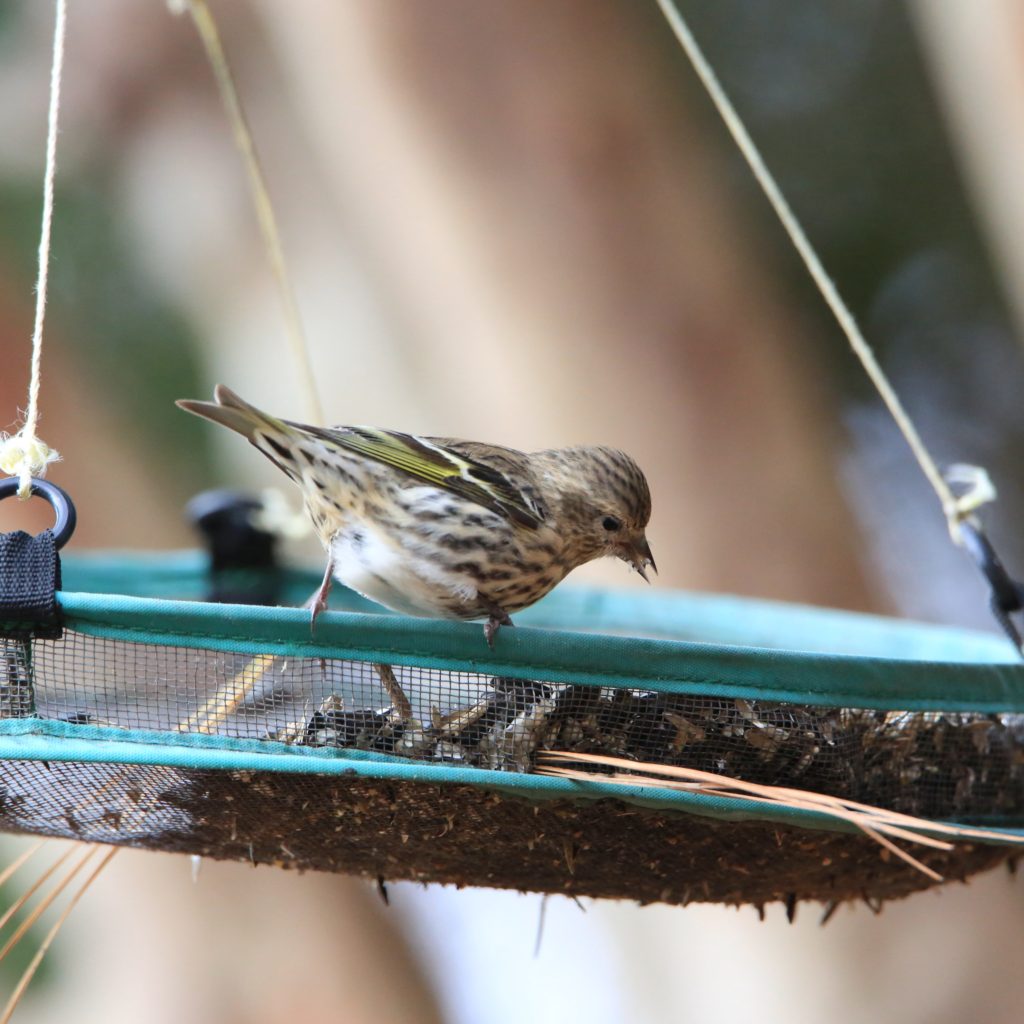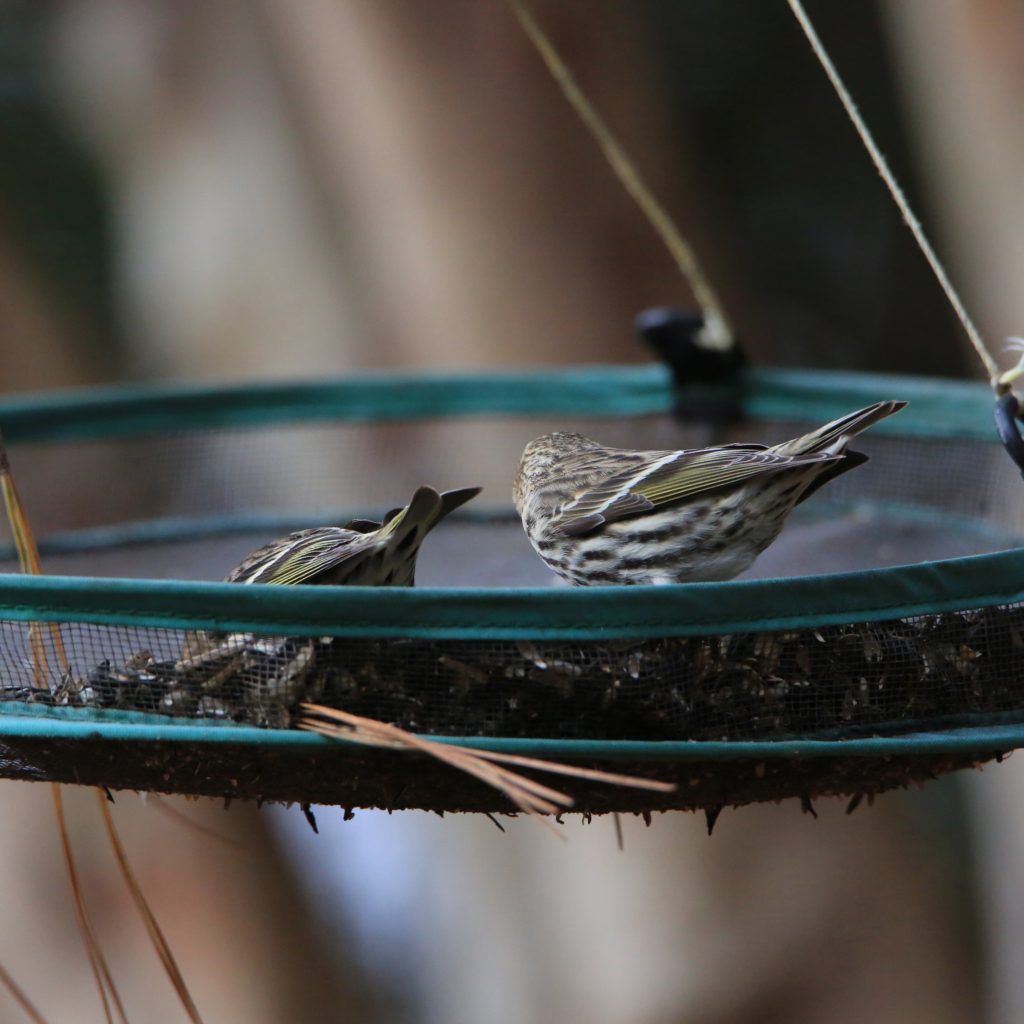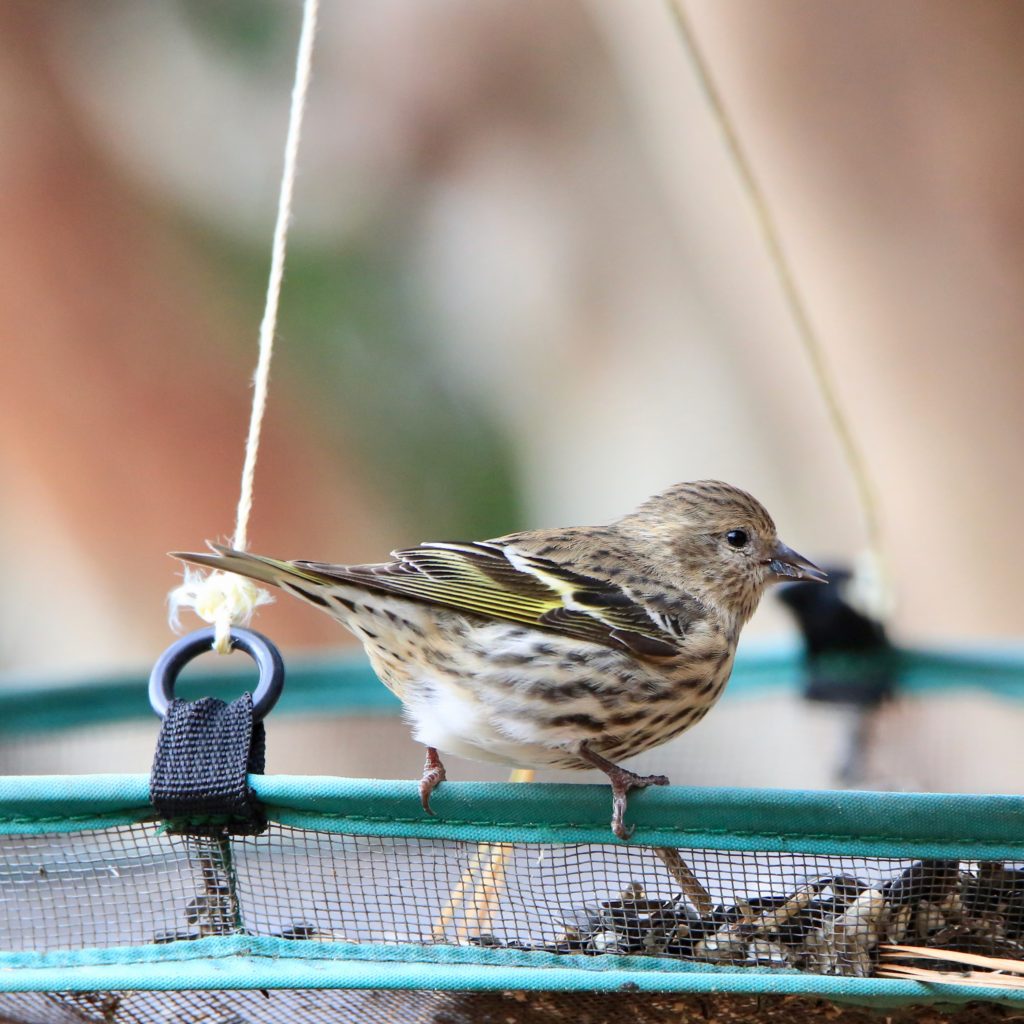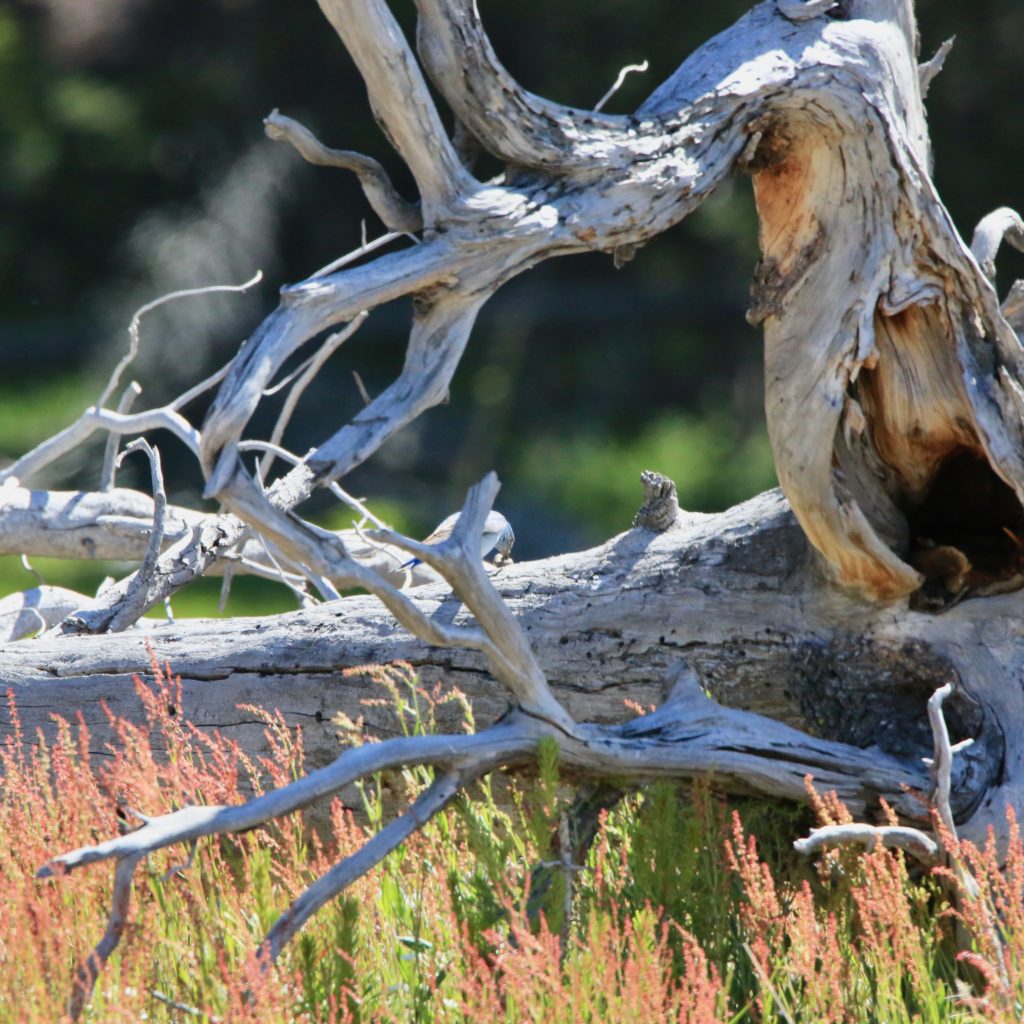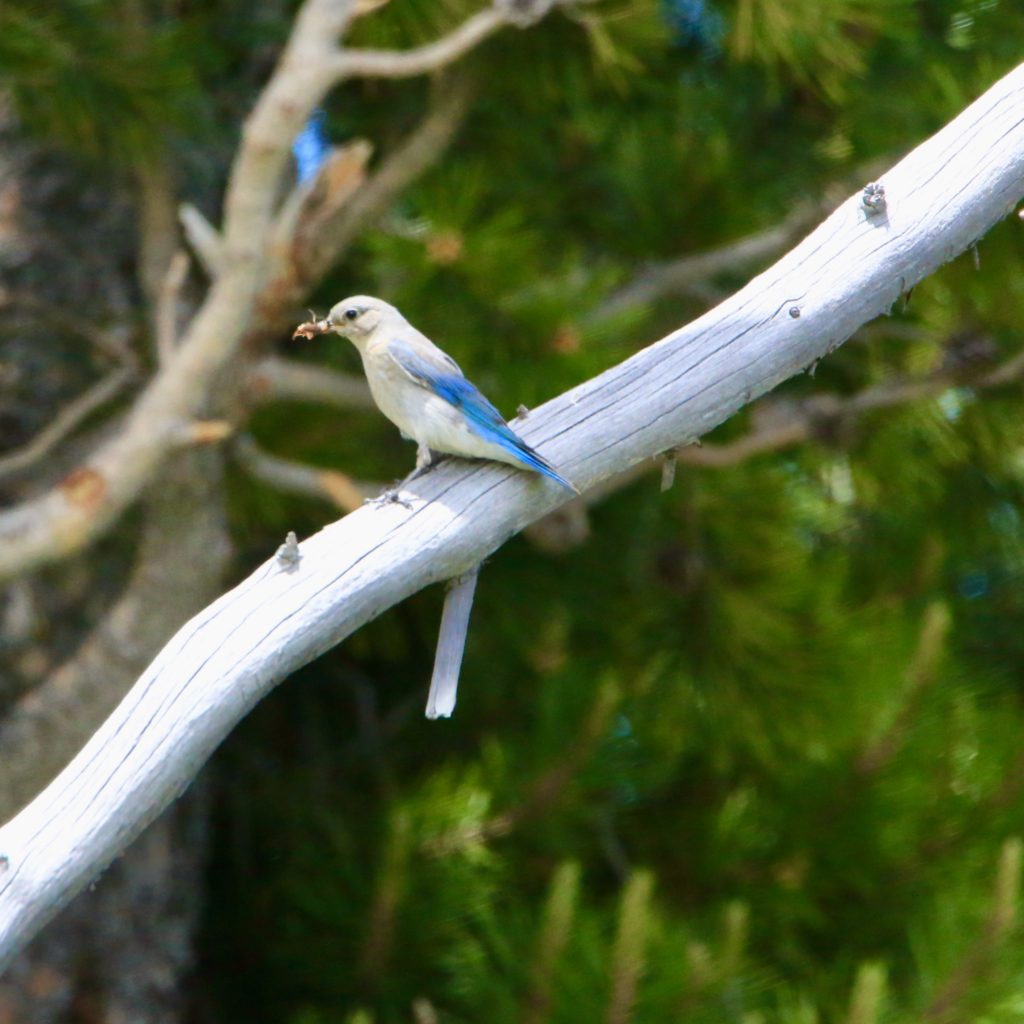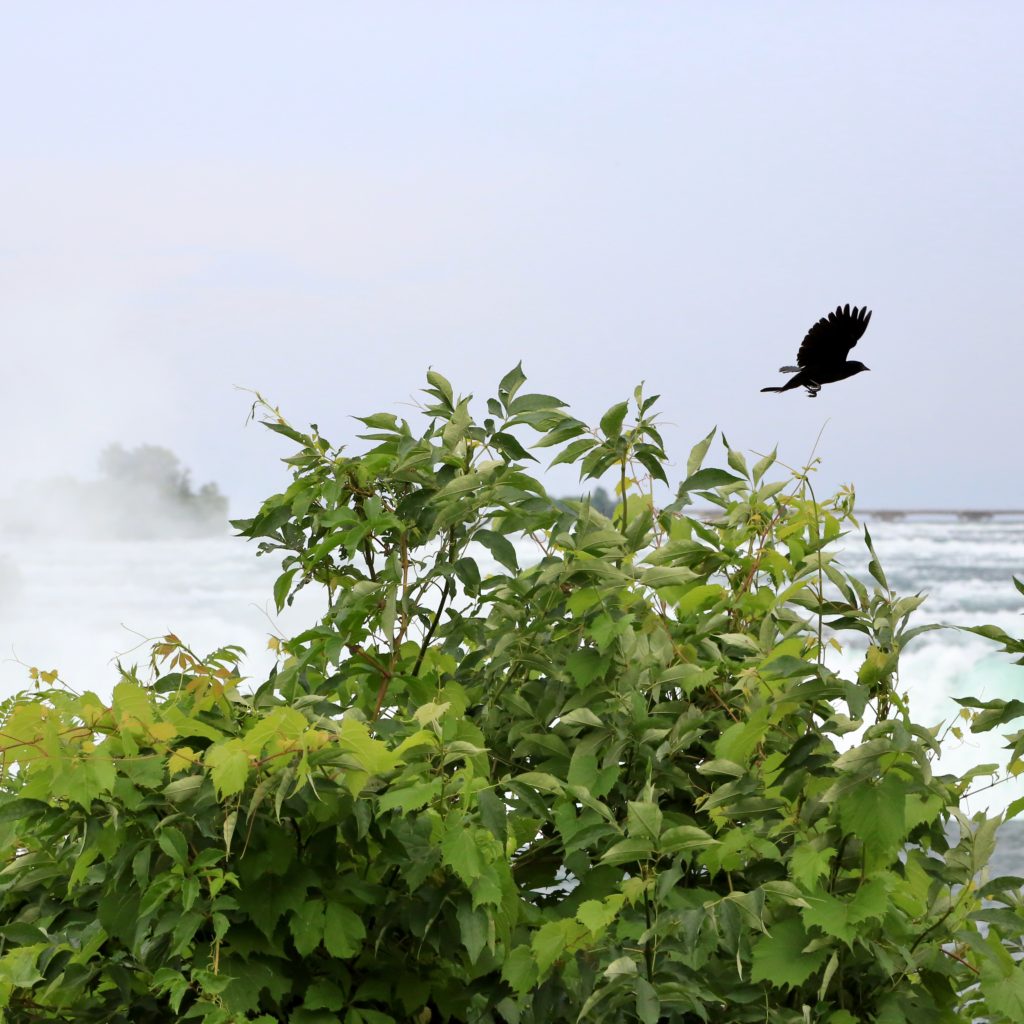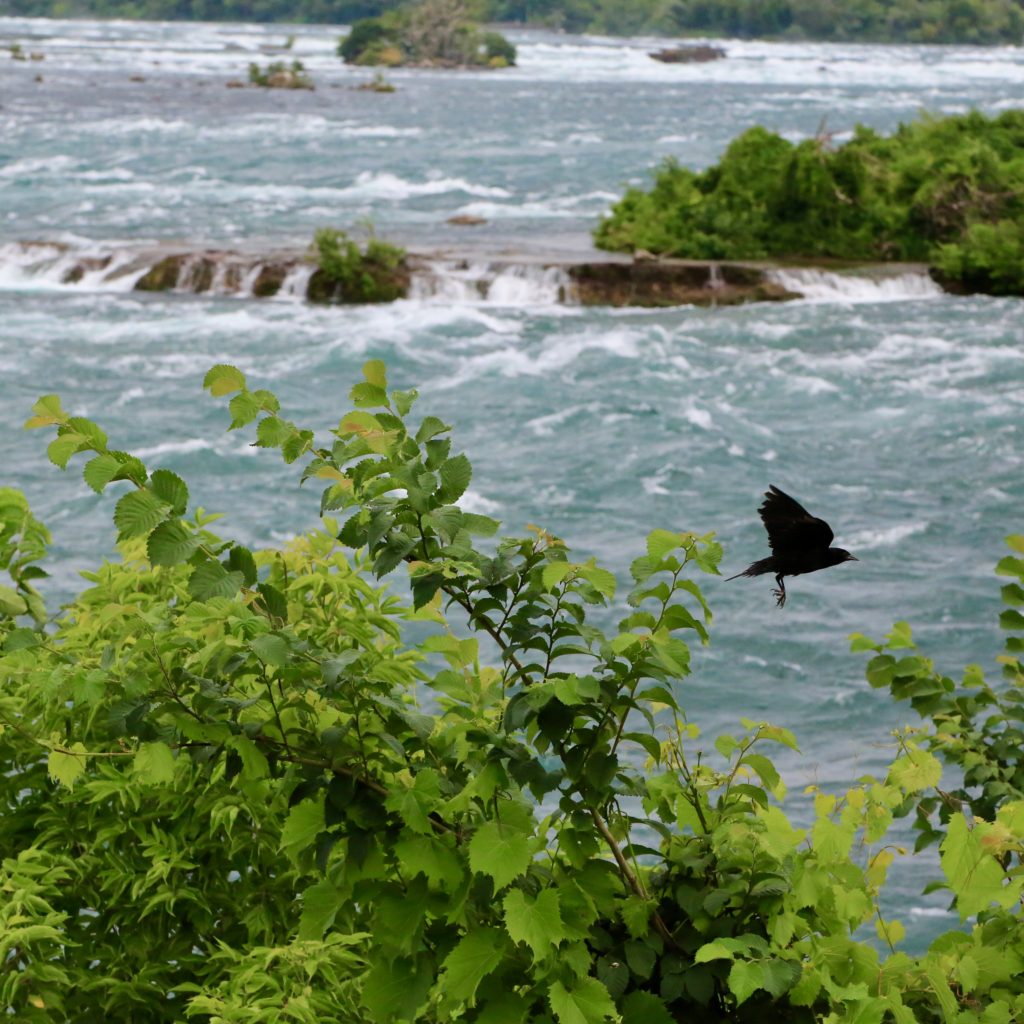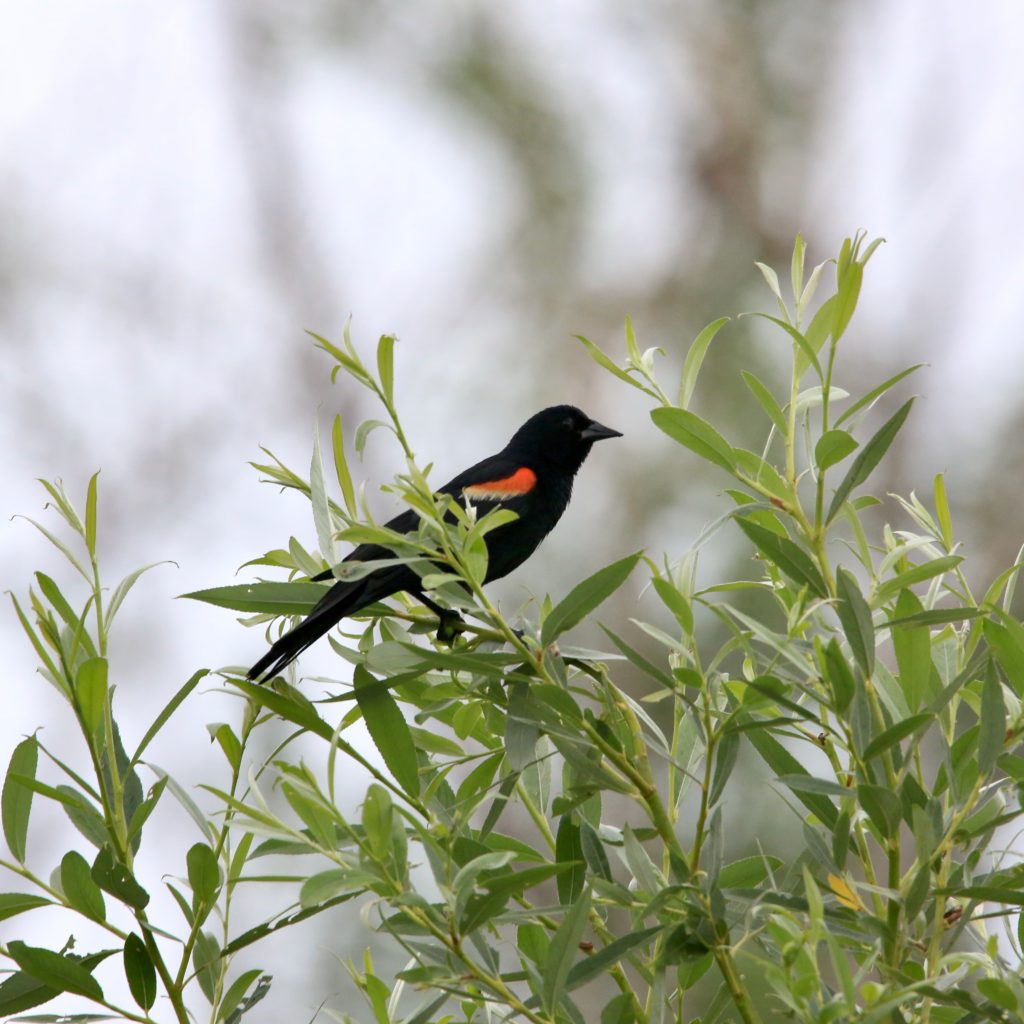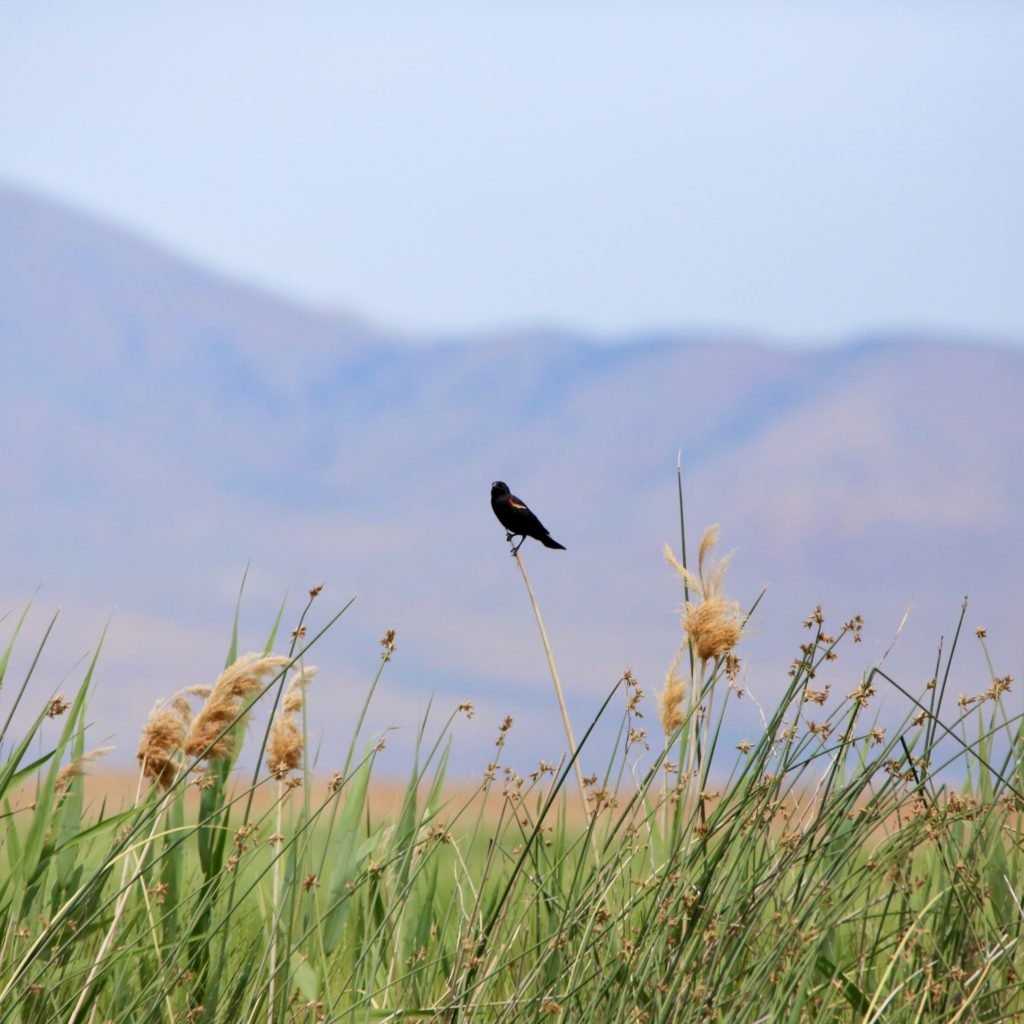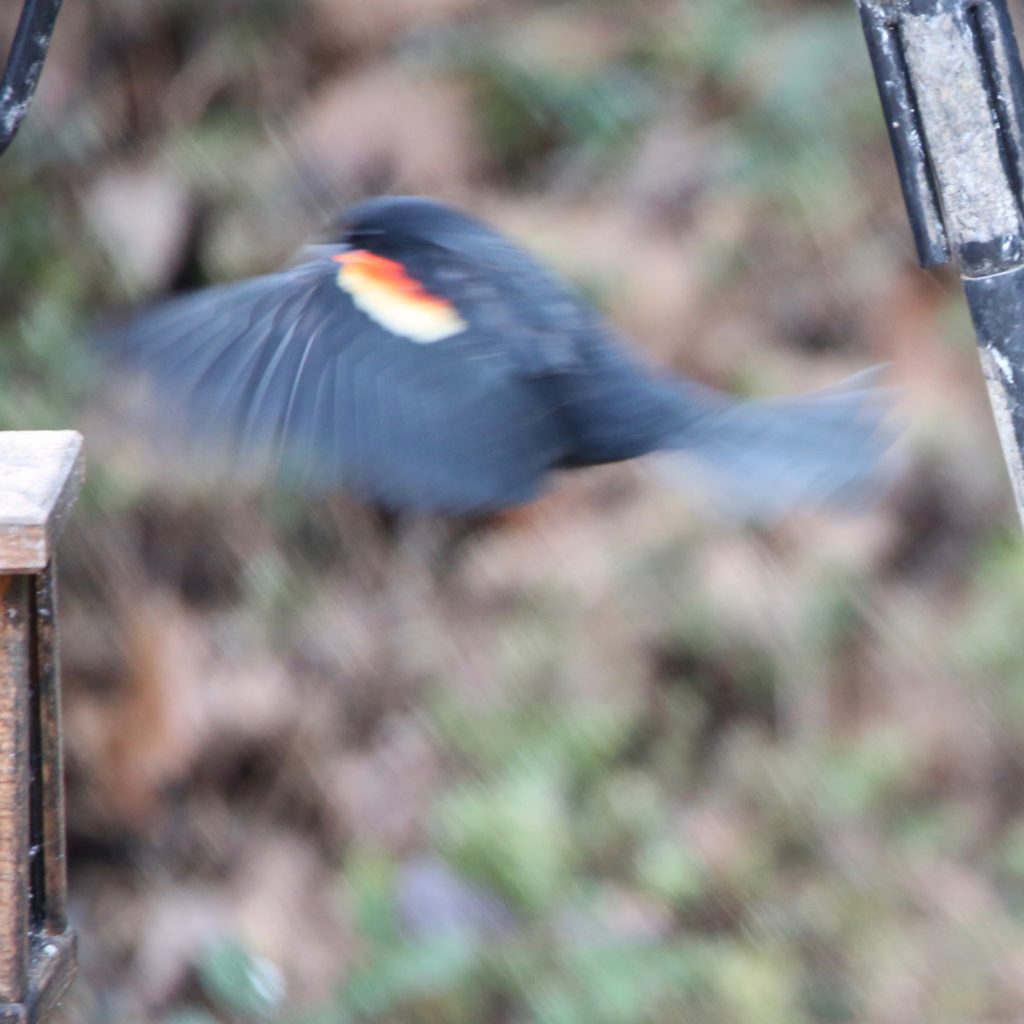Crater Lake was formed several thousand years ago from the eruption of Mount Mazama, which scattered ash and debris across hundreds of thousands of square miles. The collapse of the volcanic mount left behind a deep and steep-walled caldera which slowly developed into the clearest, near-perfect circular-shaped freshwater body, Crater Lake- “the bluest lake on earth”. The only national park in Klamath County, Oregon, located near the cities of Klamath Falls and Medford, is constantly attracting the admiration of bird watchers throughout the country. Crater Lake is one of the oldest lakes in the United States at a depth of 1,943 feet, and the ninth deepest lake in the world. Bird watching at Crater Lake National Park is made unique by the variety of landscapes and habitats, inviting a wide range of flora and fauna species.
Major Attractions at Crater Lake National Park
The park is open year-round however, some attractions may be closed in particular seasons, depending upon the weather conditions. Crater Lake Nation Park offers summer and winter activities and many attractions to explore.
Perhaps the best way to scout the huge area is by hopping into your cars and driving along the Crater Lake Rim Drive. Considered to be one of the most scenic byways in America, the 33-mile loop has several picturesque pit stops including Discovery Point, Watchman Overlook, Pinnacles Overlook, Cloudcap Overlook, Pumice Castle Overlook, and Phantom Ship Overlook. Wizard Island, a smaller island on the southeast portion of the lake, gets much attention from visitors. Let’s not forget some of the best hiking trails offered by Crater Lake like Watchman Peak, Discovery Point, Plaikni Falls Trail, and Pacific Crest. Besides hiking, swimming, camping, fishing, and tours, birdwatching is quite popular in Crater National Park.
GET KIDS BIRD WATCHING
Bird Watching at Crater Lake National Park
Crater Lake National Park has natural diverse habitats that invite a range of different species of birds-resident and migrating along with other animals. Most of the 250 bird species can be found anywhere inside the park boundaries. However, bird watching will still require patience along with keen observation skills.
Besides Crater Lake, the mountain range is a mix of old-growth trees and forests, wet and dry meadows, many scattered springs, and streams which are suitable habitats for most bird species. The diversity in landscape welcomes residents and many migratory birds like Warblers, Thrushes, Hummingbirds, Jays, birds of prey, Woodpeckers, and Sparrows.
While many of the bird species can be found spread across the park, some prefer specific areas. Raptors including American Dippers, Peregrine Falcons, Ravens, Clark’s Nutcrackers, Canada Jays, Bald Eagles, Hummingbirds, and Spotted Owls are easily seen flying in the park. Bald Eagles and Peregrine Falcons will nest along the rim and cliffs of the caldera. American Dippers can be seen from trails following creeks or rivers as these birds like to forage in the bottoms of fast-flowing streams.
The Gray-crowned Rosy-Finch and Sooty Grouse are partial to higher elevations. They are likely to make the subalpine areas of Crater Lake NP or the Rim Trail their home whereas varieties of Woodpeckers live in the wildfire burned forests. The Common Mergansers remain on the lake and songbirds can be heard throughout the forests and meadows.
10 Birds to See at Crater Lake National Park
Peregrine Falcon
Peregrine Falcons are blue-gray with spots on their underbelly. They can be found throughout North America. They make their homes in open country and along coastal mountains. Their population is currently stable and increasing after a sharp decline. Peregrine Falcons eat other birds such as ducks, songbirds, and pigeons. Peregrine Falcons are one of the largest Falcons and also one of the fastest birds. They can reach speeds up to 200 mph as they dive down to capture their prey. People often train Peregrine Falcons for hunting. These Falcons like to build their nests on cliff ledges and lay 3 to 5 eggs. They migrate along the coastline and often go out to sea.
Bald Eagle
Bald Eagles are dark brown, and their heads are covered in white feathers. They can be found throughout North America. They were once endangered; however, now they are flourishing because they are protected. They make their homes near rivers, large lakes, and coasts. Bald Eagles are the national bird of the United States. They usually soar through the sky alone. They lay 1 to 3 eggs and both parents feed and care for the young. As winter comes, they gather in groups sometimes known as “soars” and migrate south.
American White Pelican
American White Pelicans are beautiful white birds with a long orange-yellow bill. They are one of the largest birds found in North America. Their population declined, but has since recovered and has increased recently. Usually living around the coast, American White Pelicans can also be found making their homes near lakes and marshes. American White Pelicans use their large, pouched bill to scoop up fish. Sometimes they will work together with other pelicans to catch fish. Most American White Pelicans migrate, but some are living on the Texas coast as permanent residents.
Rufous Hummingbird
Rufous Hummingbirds are an orange color almost like a penny. They also have red throats and long straight bills. Their population has declined, but they are still common and widespread. They make their homes in mountain meadows and forests in the western part of North America. Rufous Hummingbirds like to feed on nectar and insects. They will visit Hummingbird feeders in backyards. Rufous Hummingbirds are known for being very protective and will chase off other birds or animals. They lay about 2 eggs and make their nests very camouflaged up in trees. They migrate along the western part of North America sometimes reaching parts of Alaska and down to South America.
Black-billed Magpie
Black-billed Magpies have a black and white body with long tail feathers. They are found in the northwestern region of North America. Their population is steady and they are not at risk of being endangered. They live on farms, in forest edges, and along streams. Black-billed Magpies are a noisy bird that sits on fence posts and road signs. They enjoy eating fruits, insects, and small animals. Black-billed Magpies lay 6 to 7 eggs in big 3-foot wide circular nests. Black-billed Magpies are permanent residents, with only a few moving south.
Pine Siskin
Pine Siskins are brown with yellow on their wings and tail. They are small songbirds with a pointed bill and a short tail. They are found throughout North America. There is an abundant number of these birds, but there has been a small decline recently. Pine Siskins make their homes in mixed woods and weedy areas. These birds like to eat seeds and can store a large amount in their throat. They can also be found in pine trees hanging upside down! Pine Siskins
lay 3 to 4 eggs in a cup-shaped nest well-hidden up high in a tree. They migrate erratically and in the daytime in flocks.
Great Egret
Great Egrets are a beautiful white color with black legs and a yellow bill. They can be found along the coasts of North America. In the 1800s, their population was very low because of over-hunting. They have now recovered and appear to be stable. They make their homes near coastal marshes or ponds. Great Egrets are large birds with an even bigger wingspan. Great Egrets are the symbol of the National Audubon Society, which was founded to help protect birds. They mostly eat fish and sometimes frogs, salamanders, or snakes. They lay 3 to 4 eggs in platform nests with lots of sticks. Great Egrets migrate to open waters in the winter.
Mountain Bluebird
Mountain Bluebirds are a powder-blue color. They are found in the mountain region of western North America. Their population is stable and not at risk of being endangered. Mountain Bluebirds make their homes in the open country where there are few trees. These bluebirds sit perched on fence posts, power lines, and treetops. This allows them the ability to make a quick dive for food. Mountain Bluebirds eat insects and some berries. They lay 5 to 6 eggs and nest in a tree, birdhouse, or dirt bank. They migrate late in the fall and early in the spring.
Red-winged Blackbird
Red-winged Blackbirds are black with a red and yellow patch on their shoulders. They can be found throughout North America. Their population is widespread and stable. They make their homes near marshes and other wetlands. Red-winged Blackbirds prefer to feed on seeds and grain off the ground. Their song is one of the first signs of spring. They lay 3 to 4 eggs in nests close to water or fields of grass. Red-winged Blackbirds migrate south in flocks.
Ruddy Duck
Ruddy Ducks have brown bodies with white cheek patches and blue bills. They are common ducks found in most areas of North America. They are not endangered, but their population has declined. Ruddy Ducks make their habitat in open water and bays. They dive underwater and swim to find food on the bottom of ponds. Ruddy Ducks mostly eat roots, seeds, and insects. They lay 5 to 10 eggs and build their nests over shallow water in a woven platform. Ruddy Ducks lay the largest eggs of ducks their size. They migrate at night over an extended period of time, in small groups.
Final Thoughts
For bird watchers, Crater Lake National Park is similar to paradise. There are numerous trails and spots to take to find different species of birds that visit the park. Most bird species can be found anywhere within the park boundaries but traveling on popular hiking trails and routes like Rim Drive and Rim Village, Grayback Drive, Boundary Springs, and Crater Peak increases your chances of identifying certain bird species.
Ornithology
Bird Watching Academy & Camp Subscription Boxes
At the Bird Watching Academy & Camp we help kids, youth, and adults get excited and involved in bird watching. We have several monthly subscription boxes that you can subscribe to. Our monthly subscription boxes help kids, youth, and adults learn about birds, bird watching, and bird conservation.
- Kids Bird Watching Monthly Subscription$10.00 / month
- Kid & Adult Bird Watching Starter Pack Subscription$10.00 / month and a $72.00 sign-up fee
- Kids Bird Watching Starter Pack Subscription$10.00 / month and a $19.00 sign-up fee
Bird Watching Binoculars
The most common types of bird watching binoculars for viewing birds at Crater Lake National Park is the 8×21 binoculars and 10×42 binoculars. Bird Watching Academy & Camp sells really nice 8×21 binoculars and 10×42 binoculars. You can view and purchase them here.
- Birding Binoculars$49.99
- Kids Binoculars$13.99










































































































